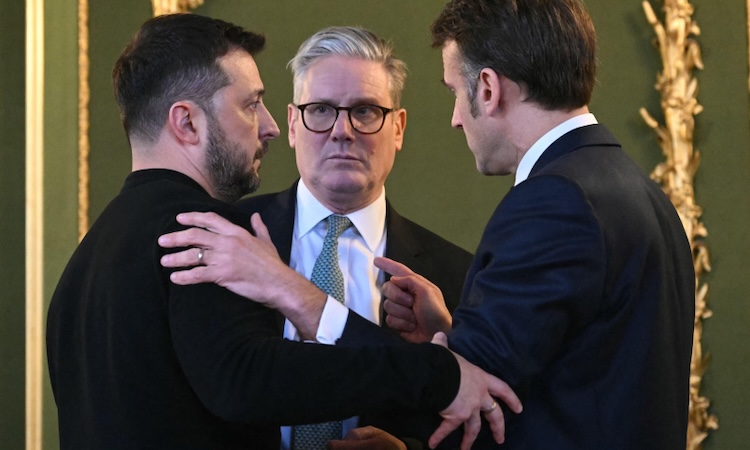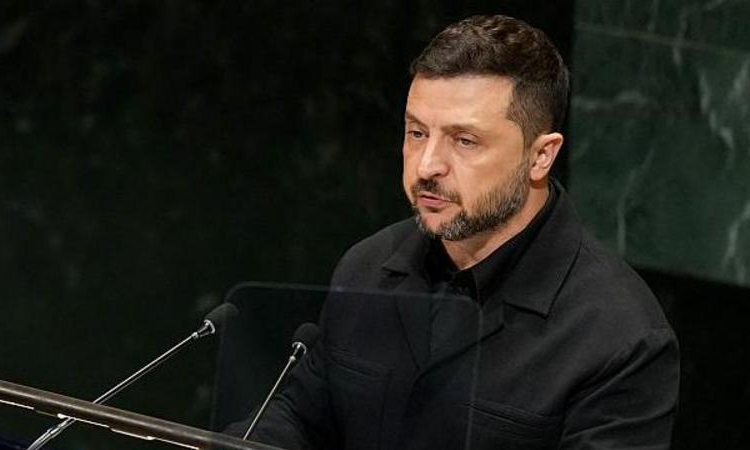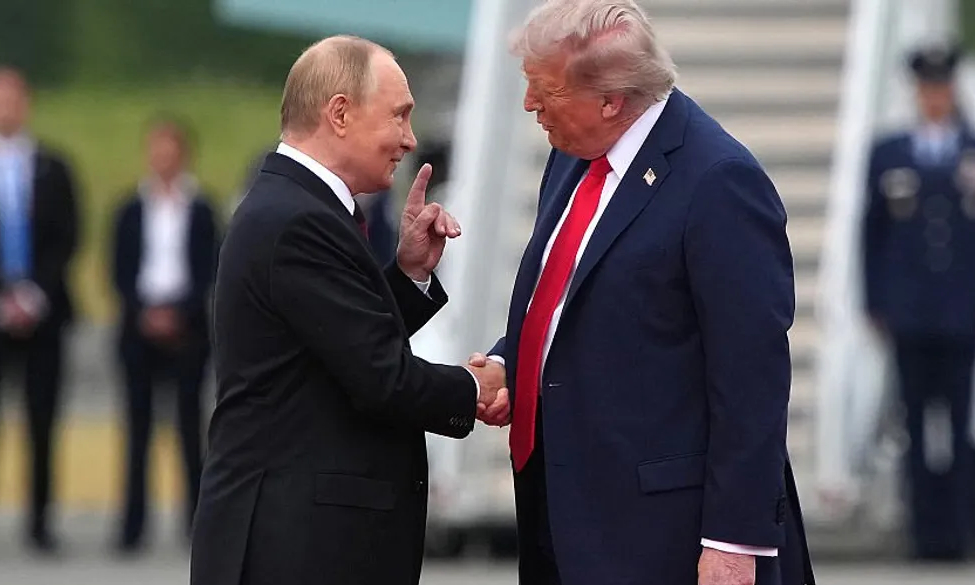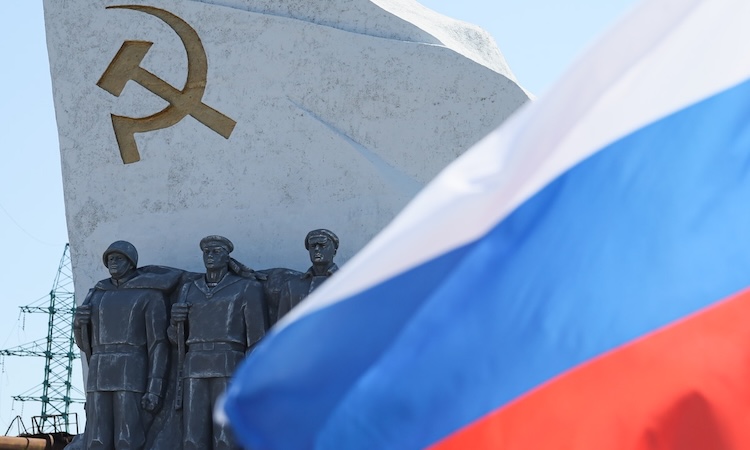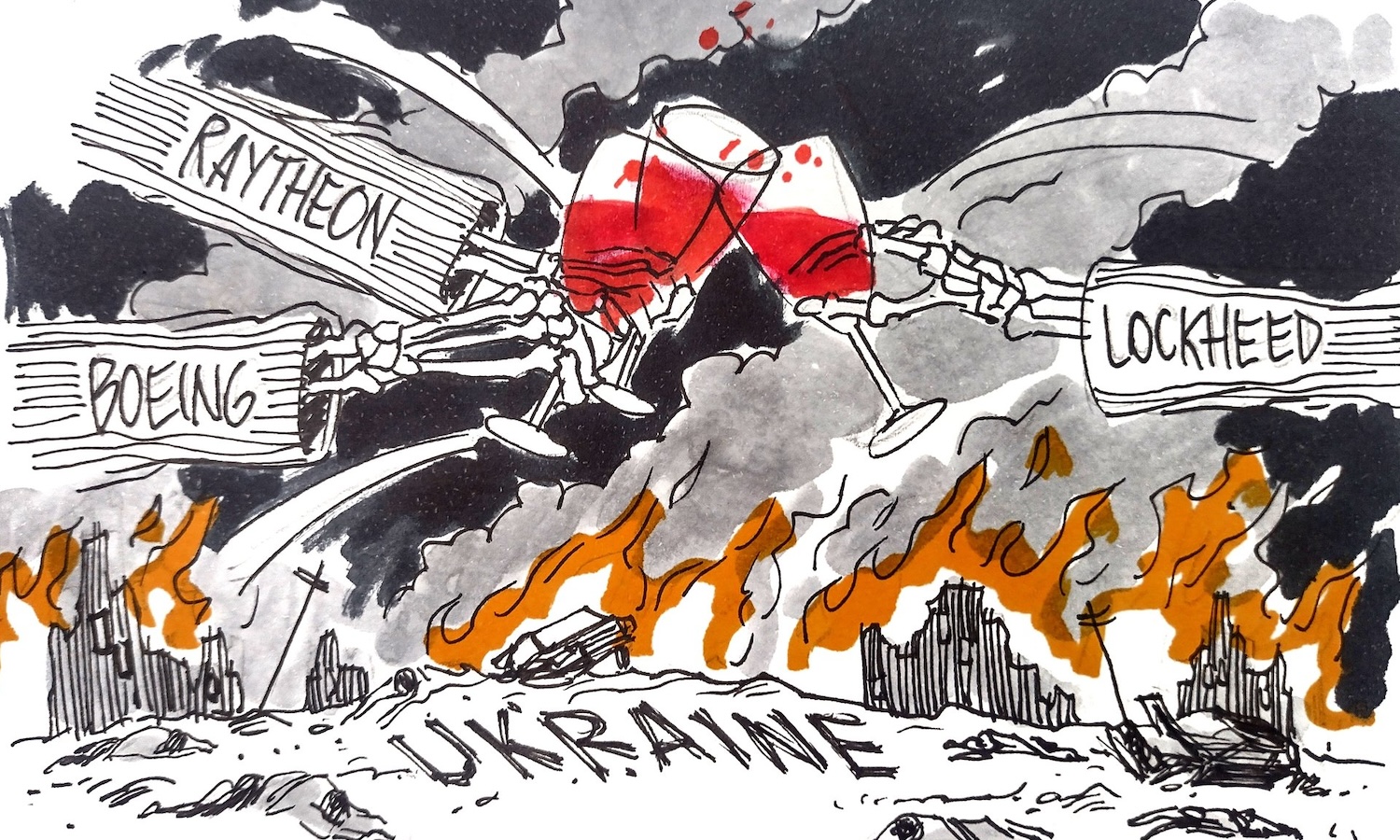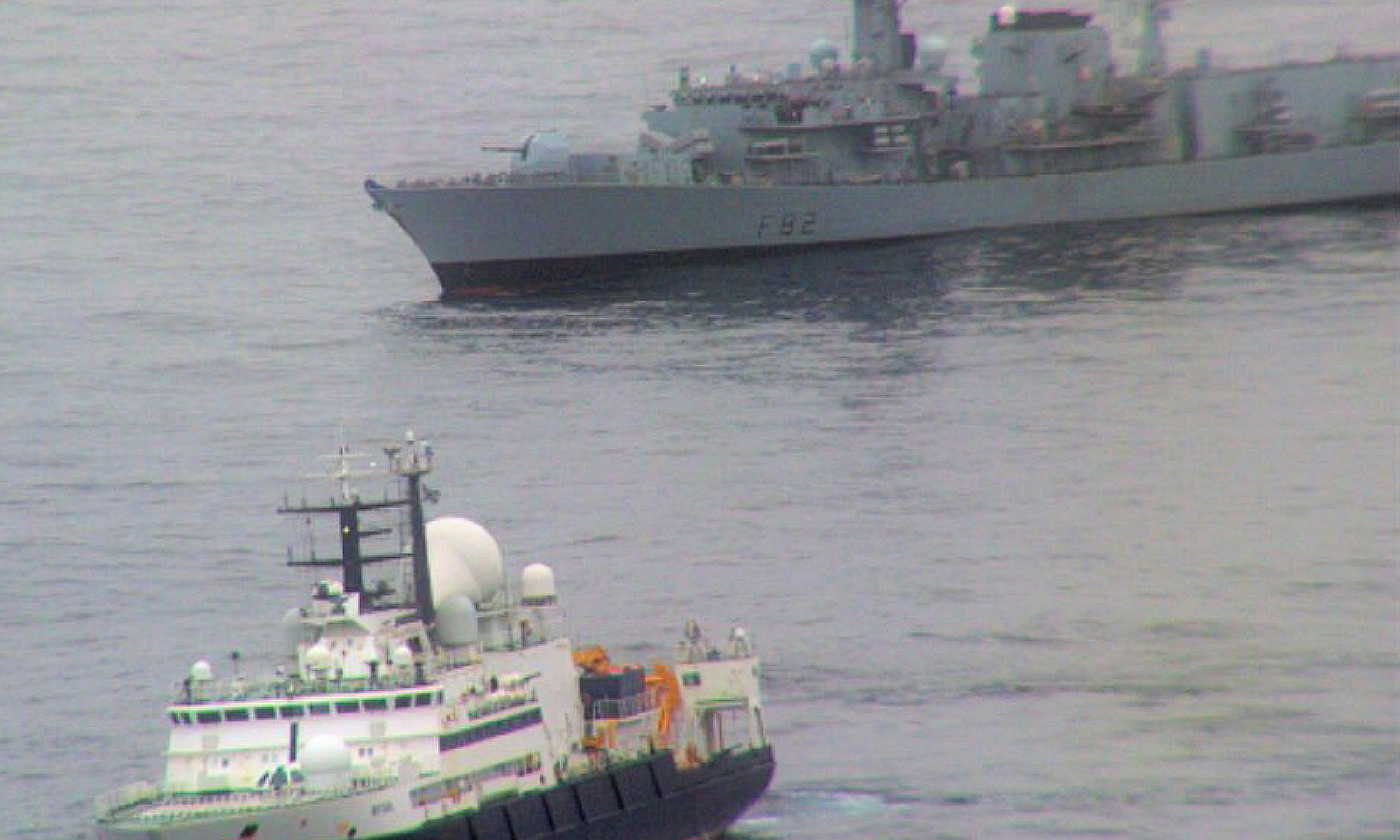The following article is reproduced from South Front, with thanks.
*****
In 2014/15, the then-nascent Kiev regime suffered a humiliating debacle after it was defeated by a much smaller, undermanned and under-equipped Donbass force. The political west stepped in and forced the neo-nazi junta to sign the Minsk accords and prevent the complete collapse of the regime, which, according to its own admission, used the agreements to buy time and never intended to honour them.
Nato soon sent some of its best experts to train the Kiev regime’s forces not only to fight the Donbass republics, but also Russia. Since Nato is aware that the Kiev regime would in no way be able to conduct any major offensive operations against Russia, it decided to transfer the vast western military experience in building complex systems and networks of fortifications.
That experience, more than a century old, was gained during the bloody battles of the first world war. It was drastically expanded in the interwar period, after France invested enormous resources in the Maginot Line. Although this massive fortification system turned out to be a huge waste of money in the second world war, the Maginot Line itself was never breached in battle, because the Germans simply decided to bypass it.
It was a strategic decision, so we cannot exactly blame France’s failure on the Maginot Line. On the contrary, the fact the Germans had to bypass it is an indicator the fortifications served their purpose. The problem was that the French (over)relied on the Maginot Line, while leaving a gaping strategic void in the northeast of the country.
Ironically, the Germans themselves resorted to building vast fortification networks across the eastern front after Operation Barbarossa [the 1941 invasion of the USSR] failed. The fortifications stretched thousands of kilometres across the frontlines. The Red Army’s mobility was exceptional; still, the fortifications slowed the Russian advance and resulted in higher casualties for the Red Army.
The solution was massive employment of artillery, as armored and mechanised units were preparing for a breakthrough. However, this significantly slowed down combat operations, buying more time for Nazi forces.
Unfortunately, we see something similar today in Donbass. For the second time in 80 years, Russian forces are fighting against the doctrine devised by their old enemies. Logically, the stationary nature of fortifications is the biggest problem for the Kiev regime; however, it had eight years to build this massive and very complex network.
This is forcing Russia’s artillery to operate almost non-stop. And even so, it is nearly impossible to destroy all the fortifications, as that is a truly monumental undertaking which would take even longer with the currently-employed Russian forces.
What Russia has done in these circumstances is to employ its old WW2-era tactics, albeit significantly updated. Russian forces aren’t targeting the entire network, but the sections that are deemed suitable for breakthroughs, although this is subject to improvisation, particularly if it can help accomplish tactical surprise attacks. This is then followed by an armoured breakthrough, where a large number of new forces are brought in to widen the breach and gradually destroy the forces in those fortifications, until the entire section collapses.
All this is done with constant fire support provided by Russian aerospace forces and artillery units. This approach is successful for the most part, but, just as in WW2, it does slow down the advancing forces.
Naturally, both aviation and artillery are far more advanced nowadays, and there is also a wide range of guided missiles, drones, and advanced detection systems (thermal imaging, high-resolution cameras, etc) enabling pinpoint strikes. Another important factor affecting the Russian forces is their order to preserve the lives of civilians and soldiers. This further slows down the whole process, but it absolutely makes sense, as Russia is in no hurry, unlike the opposing side.
Fortifications are under near-constant shelling, which has an extremely negative effect on the already collapsing morale of the Kiev regime’s forces. In addition, tactical aviation (primarily Su-25 close air-support jets) is contributing significantly to this approach, while long-range missiles, launched by air, land and sea, hit command posts, logistics, warehouses, large troop formations, etc.
The rapidly-advancing forces we saw during the first days of the operation, with the deployment of mobile BTGs (battalion tactical groups), are no longer present. Back then, the BTGs didn’t have massive artillery support, as the Russians expected a quick collapse of the Kiev regime (which would have most likely happened had the USA not exerted extreme pressure to prevent it).
This tactical approach is very different from the standard Russian military doctrine. It is also connected with Russia’s intention not just to prevent civilian casualties, but also to spare the lives of Ukrainian soldiers. What we can conclude from the current events is that the Russian military is demonstrating a virtually unrivaled ability to adapt.
Even though the destruction of the fortifications in Donbass dragged on precisely because of the initial lack of a decisive breakthrough, the goal of preventing civilian casualties and saving manpower has been accomplished. What’s more, a sort of ‘boiling frog’ effect has been produced as a result.
Naturally, this is extremely unfavourable for the Kiev regime forces, because they are suffering massive losses in manpower and equipment, while their logistics are in an almost impossible situation. Thus, the apparently ‘slow advance’ of Russian forces which is attributed to a supposed ‘Ukrainian military prowess’ is nothing more than a persistent myth, primarily kept alive by the ever-increasingly comical western state-run mass media.

